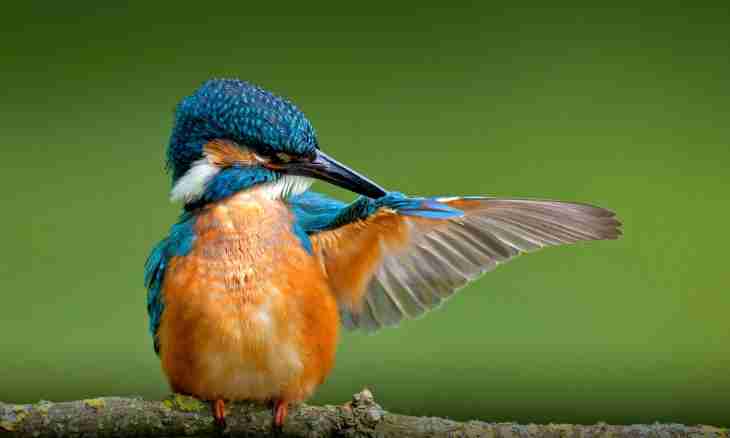Contrary to common opinion, the fauna remains poorly studied to this day, and in particular it concerns fauna of tropical forests. So, until the end of the XX century the people could not even present existence of poisonous birds, but as it became clear, such dangerous birds in the world – at once several types.
Instruction
1. Until recently scientific nothing was known of existence of the birds capable to allocate or accumulate strong poison moreover and in large numbers. However in the early nineties the last century there were researches confirming such ability at some representatives of the sort Pitokhu (Latin of Pitohui) and at a unique Sinegolovy ifrita is (Ifrita kowaldi).
2. To Pitokh is a genus of the sparrow birds living in forests of New Guinea. The strongest toxin similar to poison of scorpions, frogs-listolaov or snakes was found in three types: Pitohui dichrous (Bichromatic to a pitokh), Pitohui Kihocephalus (Black to a pitokh) and Pitohui Ferrugineus (Red to a pitokh). In the people of these birds call Drozdov flycatchers.
3. Body weight averages a pitokha 60-65 kg, at the same time in its feathers there are 2-3 mg, and in skin – 15-20 mg of poison of a batrakhotoksin. It could be enough for murder of the vosmist of mice. Presumably, toxin is necessary for flycatchers for self-defense. There is also a hypothesis that toxin is not produced by an organism of these birds, but collects over time as they eat poisonous bugs of a nanisana. It is spoken well also by the fact that at birds from different populations the concentration of poison can significantly differ.
4. Batrakhotoksin has powerful cardiotoxic effect, causes arrhythmia, will paralyze a cardiac muscle, respiratory muscles, and sometimes and extremities. Effective antidote to it it is still not found, meanwhile, poisoning leads to cardiac arrest. Even the small dose of this poison at hit on skin causes a severe burn.
5. The Sinegolovy ifrita – also Guinean endemic. Locals are perfectly informed on danger of this baby – length of her body does not exceed 16.5 centimeters – however consider it sacred. Ifrita is allocated with colourful blue-orange plumage, a small cop and the powerful bent beak. As well as at a pitokha, in her skin and feathers accumulates batrakhotoksin, capable to kill any animal and even the person. It is remarkable that the sinegolovy ifrita is under the threat of disappearance and it is included in the Red List (IUCN Red List).
6. Besides above-mentioned birds, it is possible to rank the ordinary quails living in tropical forests of Australia and Oceania of sorokoputovy flycatchers, the African shportsevy geese and even as all of them periodically use toxic insects as conditionally poisonous birds.

